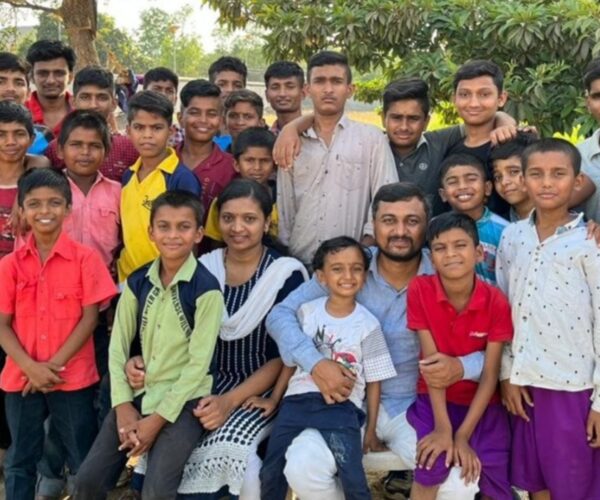By Chandran Iyer
Where does India stand today economically socially and politically 75 years after Independence? Where should it aspire to go from here in the next 25 years as it touches the milestone of 100 years of Independence in 2047?
The book INDIA’S PATHWAYS TO SUCCESS: Winning in the Next Decade which is edited by Ganesh Natarajan and Ejaz Ghani gives a roadmap for India’s growth. This book which is a compilation of well-researched articles by 12 stalwarts of India including Dr Raghunath Mashelker, Vijay Kelkar, Hara Vardhana Singh, Ravi Pandit, Uma Ganeshan, Ajay Shah, Abhay Vaidya, Pradeep Apte, Arvind Chinchure, Kaustubh Pathak, Shilpa Phadke and Manoj Kumar.
This book is the product of Pune International Centre (PIC) which is an independent multifaceted policy research think tank that publishes policy papers and organizes lectures and roundtables.
This book is a must not only for the policymakers of India but everyone who is keen to see India on a growth trajectory. Founder of Infosys N R Narayana Murthy who has written the foreword says I hope our politicians and policy-makers will read this book, analyze it objectively, accept the good ideas and adapt them for creating a highly successful India@100, deserving the plaudits of every nation and every culture in the world. This book is necessary for India’s betterment. Without these prescriptions, the probability of our success in our quest for India’s betterment and for wiping the tears of the poorest of the poor child will be low.”
The book answers a lot of relevant questions. Should India become a manufacturing powerhouse to rival China? Or should it stay content with services and become the information Superpower of the world? What about pursuing new opportunities in agriculture, healthcare, and other segments to become the world’s best use of technology to create globally best-in-class industries?
Endorsing the book, Dr. Bibek Debroy, Chairman, of the Economic Advisory Council to the Prime Minister of India, says “The present flows from the past, and the future flows from the present. While the future is always uncertain, this book teases past and present trends to project the future– growth, digital economy, urbanization, mobility, environment, S&T, trade, and employment. Tucked into these chapters is a reform agenda and template for the future.”
The book says by 2030, India’s urban population will increase to more than 600 million people. More than twice the size of the US. The size of India’s urban demographic dividend with millions joining the labor force every year is potentially huge. India’s economic growth and job growth are strongly linked with urbanization.
The book suggests to the government that it needs to focus not just on the mega-cities but secondary cities as new drivers of growth. It needs to leverage land assets, and modify financial regulations and incentives to increase investors’ risk appetite.
The book highlights various policy decisions, growth strategies, and tactical shifts in the key industry segments, such as agriculture, manufacturing, and services, and quick capitalization of opportunities in Information and Communication Technology (ICT) and mobility that can change the gears of the economic engine.
In the Chapter on Trillion Dollar Digital Economy, Ganesh Natarajan and Manoj Sharma has suggested five pathways which include
- Spreading the depth and width of technology products and the service sector.
- Growing the hardware and microprocessor industries.
- Creating the platform economy for domestic and global success
- Developing globally capable talent
- Unleashing entrepreneurship for the digital economy.
This book published by Rupa Publications India Pvt Ltd has been dedicated by PIC to the Young People of India, “their efforts to strengthen India’s vibrant democracy and make her a strong, resilient, compassionate and prosperous nation”.


